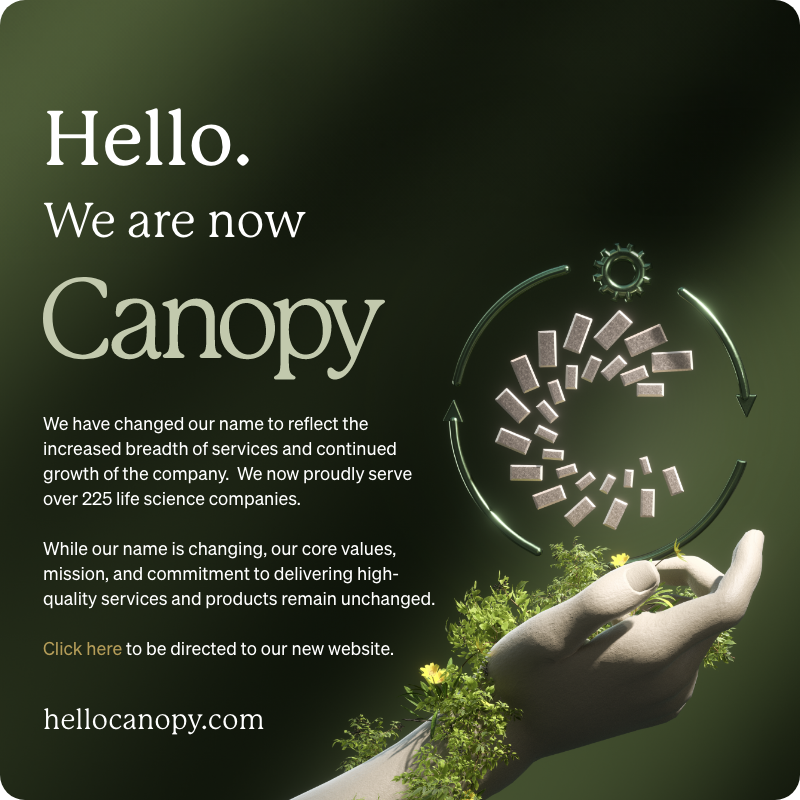REGULATORY ADVISORY SERVICES

eCTD CONSULTANCY
- Overall strategy for eCTD applications
- eCTD metadata
- Document compliance
- Granularity of eCTD documents
- Requirements for regional regulatory health authorities
We work with our clients to provide best practice guidance on the way to prepare and submit eCTD applications and answer any questions they may have. Our services are tailored to each client, and we work with them to ensure their eCTD submissions are compliant with all applicable regulations.
GAP ANALYSIS


TRAINING
What is an eCTD?
What are the benefits of eCTD submissions?
What are the requirements for eCTD submissions?
How do I prepare documents for an eCTD submission?
How do I know if my submission is compliant?
What is the timeline for eCTD submissions?
How much does an eCTD submission cost?
GET IN TOUCH WITH ONIX TODAY!
Contact us using the form below.
If you would prefer to call or email us: +44(0) 1753 257 904 or info@onixls.com
"*" indicates required fields
SUBSCRIBE TO OUR NEWSLETTER
Join our mailing list to receive the latest news and updates from our team:

